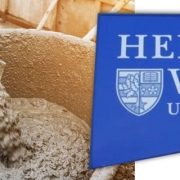Elliott Group Ltd, Carter Accommodation Ltd and Procomm Site Services Ltd, leaders in UK modular services and part of Modulaire Group, have announced plans to unite under a common brand – Algeco.
A surprise to some, not so to others – Algeco is a long established brand in the European modular services and infrastructure industry, originally formed in 1955 – making the rebrand a hugely exciting new chapter for the UK business.
The move creates a single, consistent brand across the UK and Europe, to reflect the group’s position as a leader in European modular services and infrastructure. Customers can expect to see a stronger, combined UK organisation as well as more sharing of innovations and resources within the group, and a unified product range available throughout the UK.
It’s expected that the rebranding process will be effective from 31st March 2022.
These are exciting times for the Hire, Modular Hire and Offsite Solutions’ business and the challenge now is to take customers on this brand journey. Here we talk to John Campbell, UK Managing Director, Algeco, about the rebrand and what it means for the future.
Who is Algeco?
Algeco, part of the Modulaire Group, is a leader in European modular services and infrastructure. The brand has consistently achieved industry firsts; from creating modular site accommodation to introducing the first stackable modular accommodation in 1965. Throughout the 70s, 80s, and 90s, the business developed a stream of further innovations that expanded its high quality modular accommodation from construction into education, health, commercial and manufacturing sectors.
Algeco developed the Progress modular system in 2005, which offered comfortable, stylish, modern, innovative and eco-friendly spaces. By 2015, Algeco was offering full turnkey spaces with customised services; connectivity, furniture, hygiene kits, security and modular interior design.
The business now offers a vast range of physical space solutions from temporary site accommodation and storage solutions, through to highly sophisticated design and build permanent multi-storey offsite solutions for specialist workplace, social infrastructure, health and education sectors.
Why has Elliott changed its name to Algeco?
We have been planning the rebrand for some time and it coincides with sustained growth in our UK businesses. At the same time there is unprecedented change happening in the way that physical spaces are created in a wide range of vertical markets, driven by climate change, safety and growing user expectations.
Algeco has a proud heritage of serving customers across Europe, providing a strong basis for the single identity, which will facilitate growth in brand equity in the marketplace. Adopting a single brand in the UK will create a common sense of identity and purpose for the newly combined UK business.
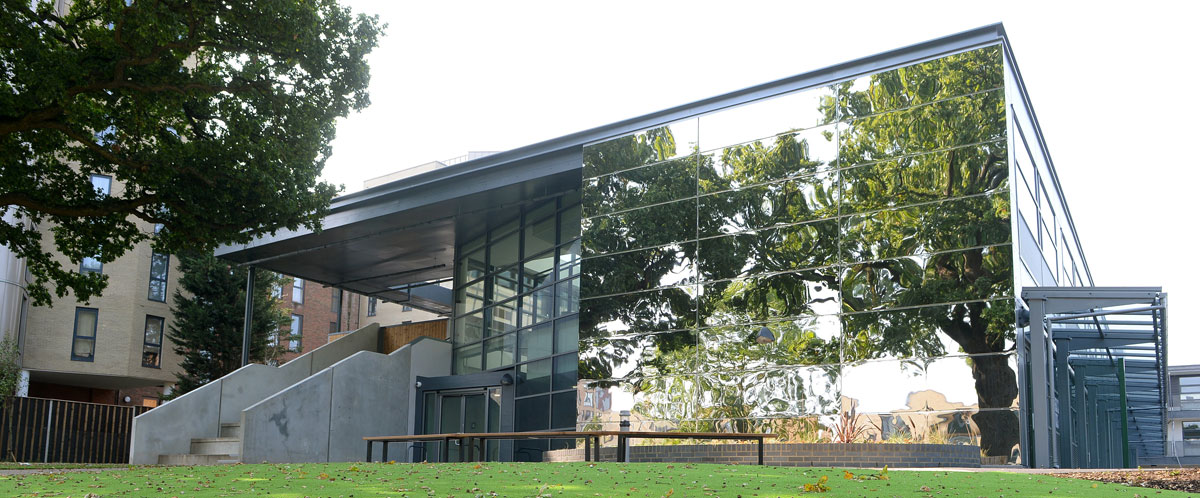
Look out for the new Algeco website, scheduled to go live at the end of March.
How will customers benefit?
UK customers will benefit from a stronger, better-integrated and structured organisation, with a renewed commitment to placing customer service excellence at the heart of the organisation.
Algeco shares the responsibility for developing sustainable futures for our customers, our business, and its products and services. Core to this is being a trusted solutions provider to the industries we support. We enable people to work more productively, improve their quality of life, and enhance their learning. We design and deliver whatever our customers need, whenever and wherever they need it.
Where will Algeco headquarters be in the UK?
The combined UK business will be headquartered in Peterborough, Cambridgeshire, with a total of 23 site locations throughout the country servicing our portable, modular building and offsite construction hire and sales activities.
Advanté will remain a separate brand but still part of the Algeco group, with its specialist offering in welfare accommodation.
What does the Algeco brand mean to customers?
The new brand represents our collaborative approach to finding solutions for customers, developing both our products and our people to deliver leading quality service and ensuring the futures of customers, their end users and our organisation are sustainable. We have an exciting future ahead of us!


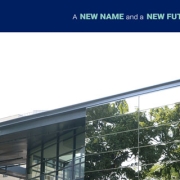

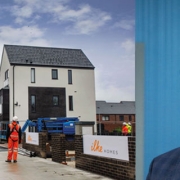

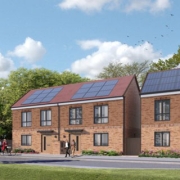
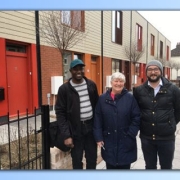

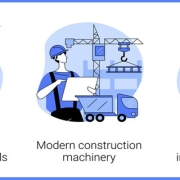
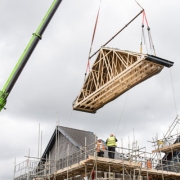

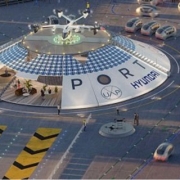
 Backers of the mini airport, known as a skyport, have said sites like it will host electric vertical take-off and landing (eVTOL) aircraft, such as air taxis and autonomous delivery drones, transporting people and cargo across cities over coming years.
Backers of the mini airport, known as a skyport, have said sites like it will host electric vertical take-off and landing (eVTOL) aircraft, such as air taxis and autonomous delivery drones, transporting people and cargo across cities over coming years.